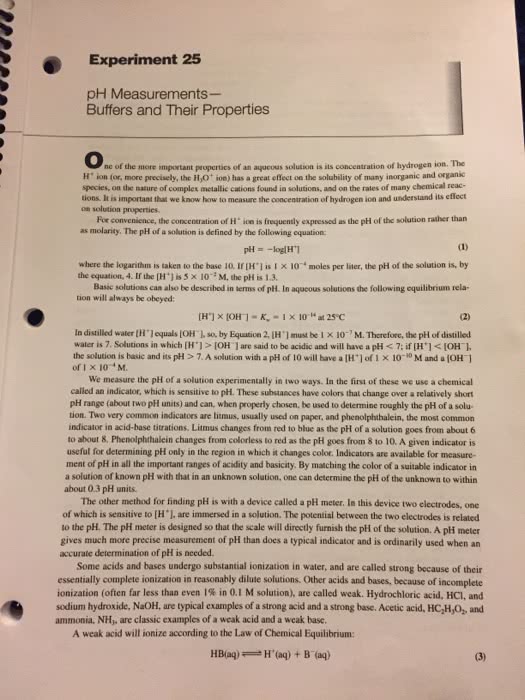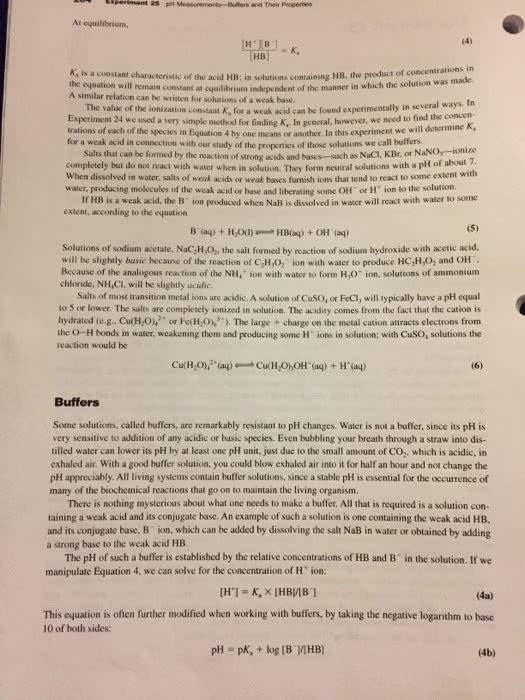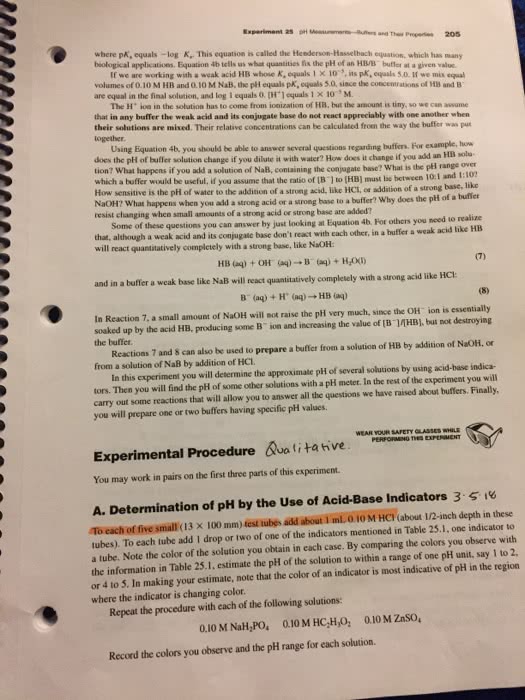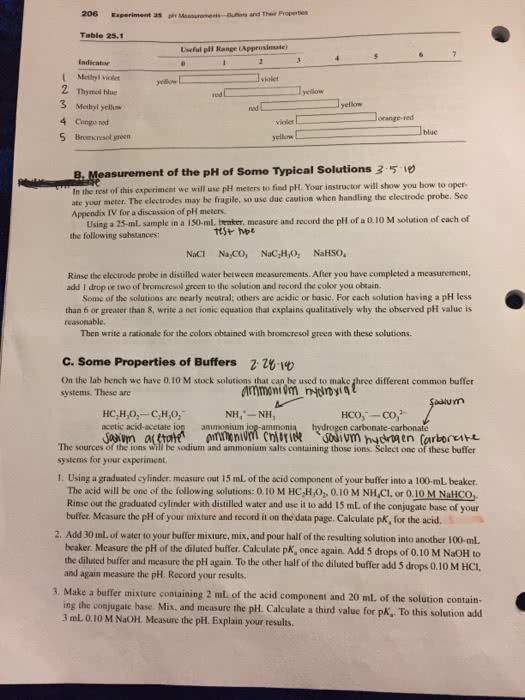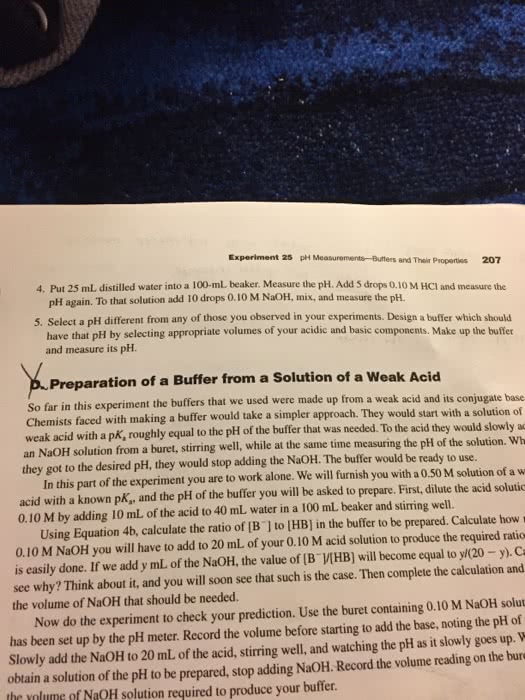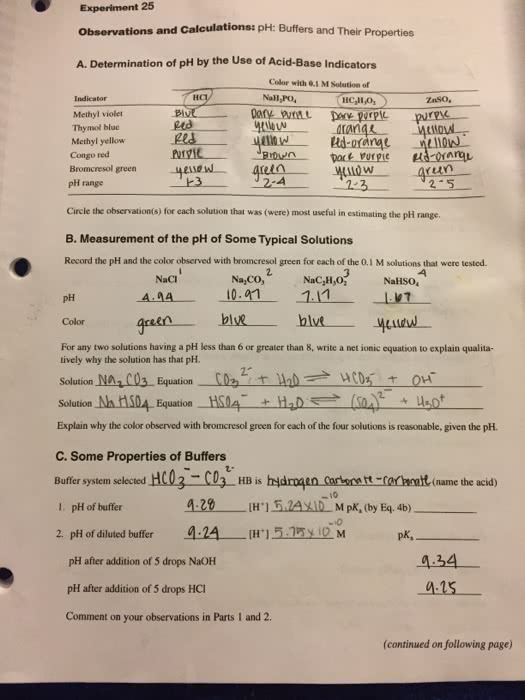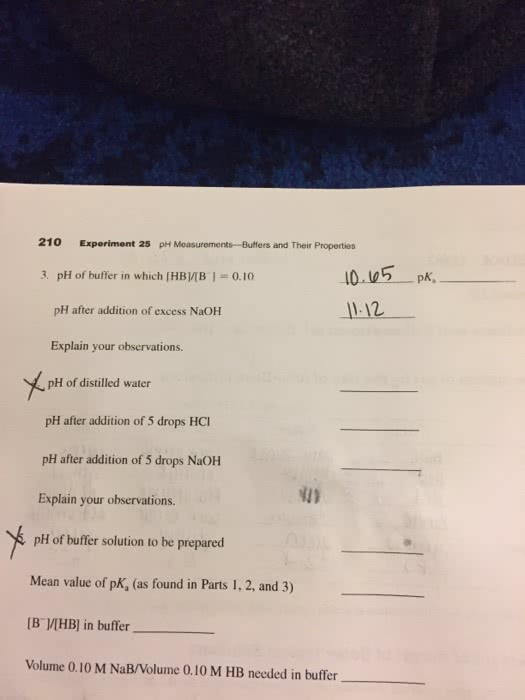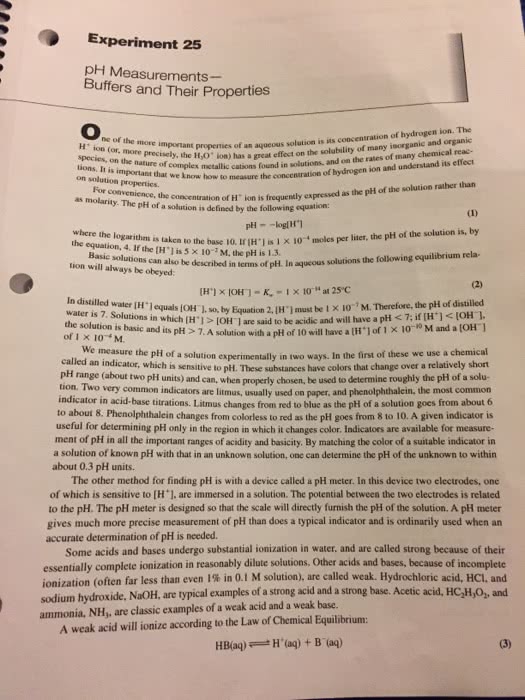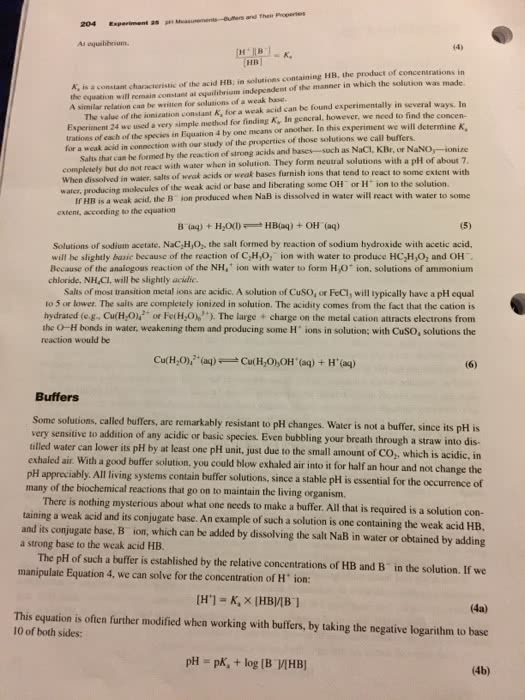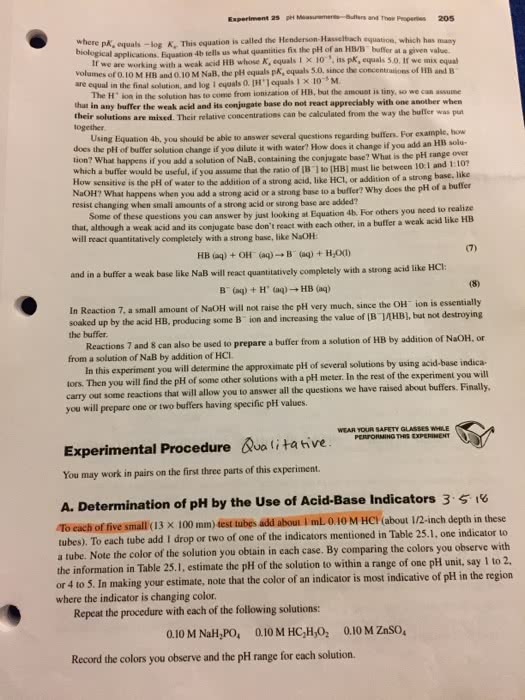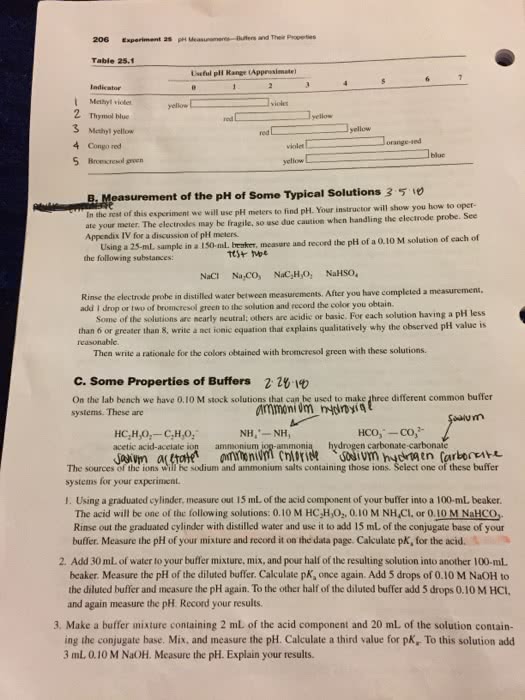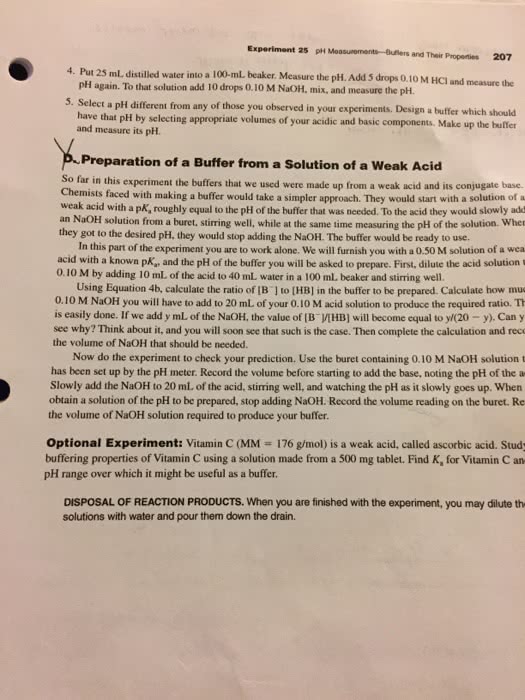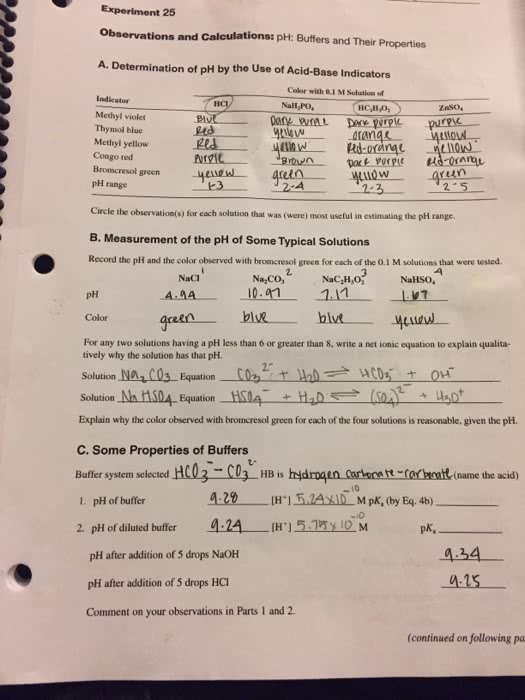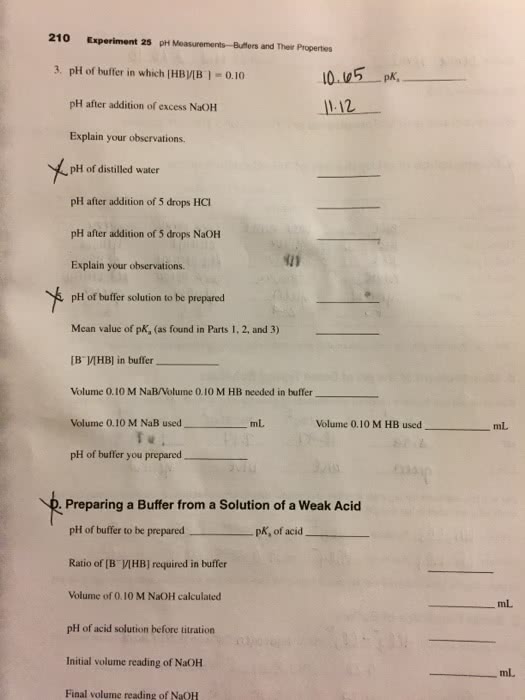CHEM H90 Lecture Notes - Lecture 22: Lewis Structure, Inorganic Chemistry, Transition Metal
55 views6 pages
Document Summary
If organic chemistry can be defined as the chemistry of carbon, nitrogen, and oxygen, then inorganic chemistry can be defined as the chemistry of everything else . The d-levels in the transition metal are very sensitive to their environment: a small change in ligands (the outer elements in the compound) can cause a change in the frequency of the light that gets absorbed. These metal centers are very sensitive to their environment. They can have a range of coordination numbers (2-9 coordinate!: rules of organic chemistry, such as lewis dot structures, are too simple. Metals come in many shapes and sizes and exhibit a large range of reactivity. Metals play important biological roles, crucial for survival. Catalysis: (i. e. ) people spend a lot of time trying to develop new catalysts because they"re so valuable in reactions, speeding them up or even starting some, and not being used up in the reaction.
Get access
Grade+
$40 USD/m
Billed monthly

Homework Help
Study Guides
Textbook Solutions
Class Notes
Textbook Notes
Booster Class
10 Verified Answers
Class+
$30 USD/m
Billed monthly

Homework Help
Study Guides
Textbook Solutions
Class Notes
Textbook Notes
Booster Class
7 Verified Answers
Related textbook solutions
Chemistry: Structure and Properties
2 Edition,
Tro
ISBN: 9780134293936
Basic Chemistry
5 Edition,
Timberlake
ISBN: 9780134138046
Principles of Chemistry Molecular Approach
4th Edition,
Tro
ISBN: 9780134112831
Chemistry: Structure and Properties
2nd Edition,
Tro
ISBN: 9780134293936
Principles of Chemistry Molecular Approach
3rd Edition, 2014
Tro
ISBN: 9780321971944
Chemistry: A Molecular Approach
3rd Edition,
Tro
ISBN: 9780321809247
Chemistry: A Molecular Approach
5th Edition,
Tro
ISBN: 9780134874371
Principles of Chemistry: A Molecular Approach
4th Edition,
Tro
ISBN: 9780134895741
Chemistry: The Central Science
14th Edition, 2017
Brown
ISBN: 9780134414232
